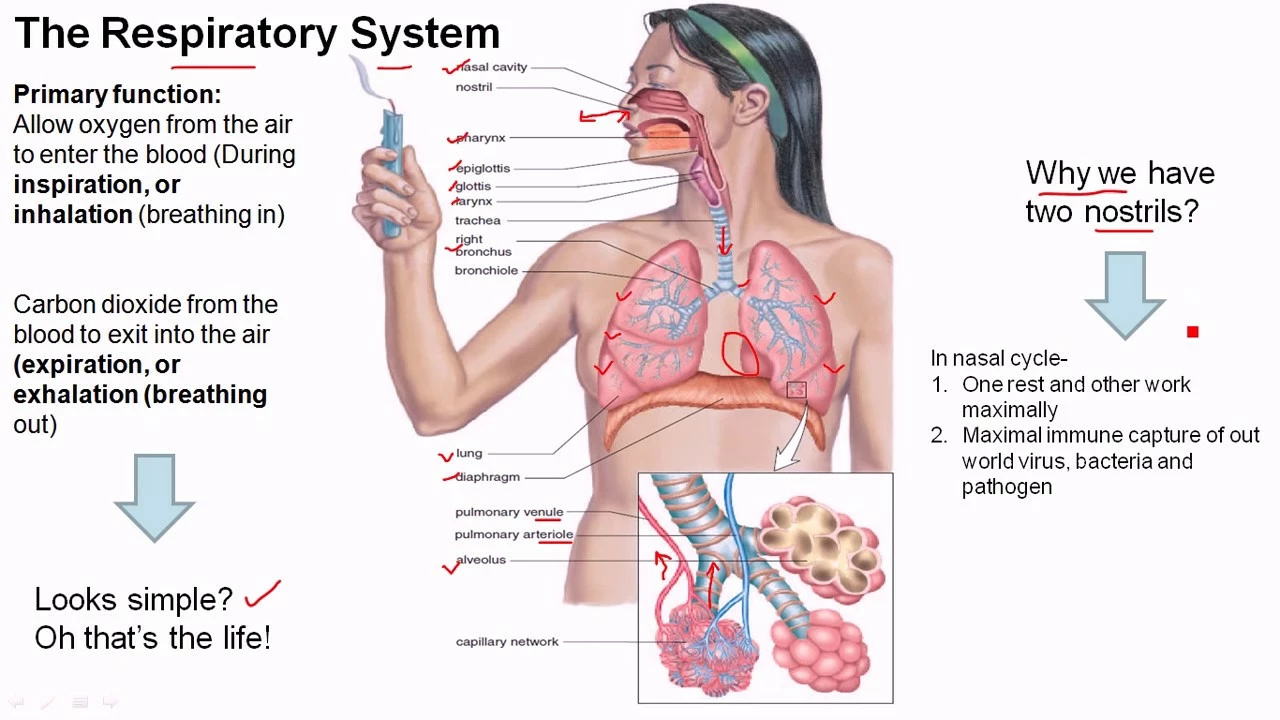Congestion Tips: Fast Relief for Stuffy Nose and Chest
Most people grab a pill first, but simple moves can clear your nose or loosen chest mucus fast. Know whether your problem is nasal (blocked sinuses) or chest (tight cough, heavy mucus). That decides the best fix.
Home fixes that work now
Start with these safe, quick steps you can do at home:
- Use saline nasal spray or rinse. It thins mucus, flushes allergens, and is safe for adults and kids when you use sterile or boiled, cooled water.
- Steam and humidify. Take a hot shower, sit over a bowl of hot water with a towel, or run a humidifier. Steam loosens mucus and helps you breathe.
- Stay hydrated. Water, broths, and warm tea thin mucus so it drains instead of sitting and causing pressure.
- Elevate your head to sleep. A slight incline helps sinus drainage and reduces coughing at night.
- Try a warm compress for sinus pain. Hold it over your forehead and cheeks for 5–10 minutes to ease pressure.
- For chest congestion, use an expectorant. Guaifenesin (Mucinex) helps thin and loosen mucus so you cough it up more easily.
- Use nasal strips for nighttime relief. They open the nose mechanically and can improve airflow if congestion is mild.
Be cautious with essential oils: they can help some people, but avoid putting them in the nose or using them around babies and pets.
Medicines and safety tips
Over-the-counter meds can help, but follow rules:
- Short-term nasal decongestant sprays (oxymetazoline) work fast but don’t use more than 3 days—longer use causes rebound congestion.
- Oral decongestants (pseudoephedrine) are effective but raise blood pressure and can cause jitteriness. Ask a doctor if you have heart issues or high blood pressure.
- Antihistamines (cetirizine, loratadine) help if allergies cause your congestion.
- Avoid antibiotics unless a clinician diagnoses a bacterial infection. Most congestion comes from viruses or allergies.
- Kids: Don’t give OTC cough and cold medicines to children under 2 years without medical advice; many aren’t safe for toddlers.
Watch for warning signs: high fever, severe facial pain, green nasal discharge lasting more than 10 days, shortness of breath, or chest pain. If you have those, see a doctor. Also get help sooner if you have asthma, COPD, or a weakened immune system.
Small changes make a big difference: steam, saline rinses, hydration, and the right medicine at the right time can clear congestion and get you back to normal faster. If you’re unsure what to try, a pharmacist can point you to safe options based on your health and other meds.
